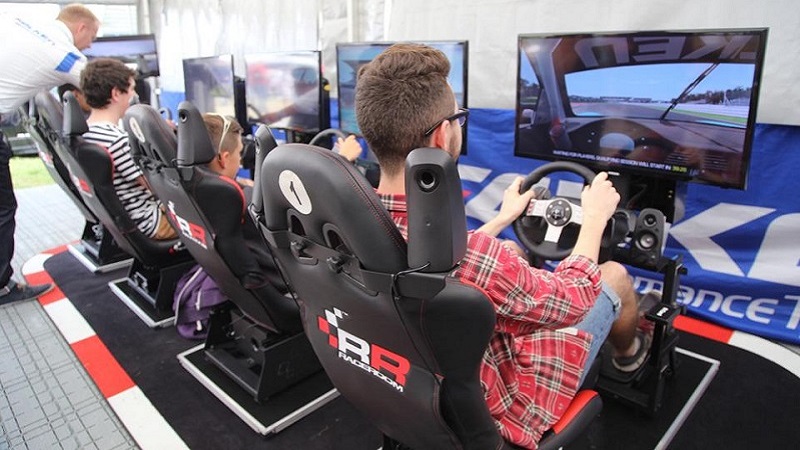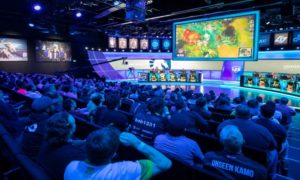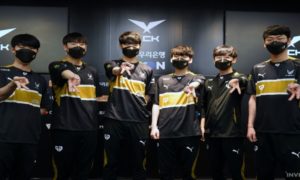Motorsports have been around ever since the automobile became a popular transportation method. When video games started to gain traction, the two came together to create racing video games. Fast forward to the present, and we now have competitions based around racing video games that are as close to the real thing as you can get without driving a real race car. Meet the world of virtual racing.
What is virtual racing?
When real-life motorsports competitions were put on hold due to the worldwide pandemic, virtual racing took over. Virtual racing (a.k.a. Sim racing) events are based around video games that aim to simulate real-life motorsports competitions like NASCAR or Formula 1. The players who participate use equipment like steering wheels, pedals, and seats that are designed to be as close in feel, look, and function as the real thing.
Virtual racing took its spot in the esports space alongside more popular titles like DOTA 2, League of Legends, CS:GO, and others. Even though it is not as popular as those titles, its popularity grew significantly in 2020.
How does it stay competitive in the esports space?
Virtual racing stays competitive by offering racing fans a way to compete in their favorite series from the comfort of their own home. Many of the popular sim racing series are backed by “real-life motorsports championships” like NASCAR, Formula 1, MotoGP, and the World Rally Championship.
It also gave those championships a way to reach their audience when their real-life events were postponed. In March of last year, NASCAR partnered with iRacing to host a sim-racing series with real-life professional drivers. According to The Washington Post, “the inaugural race earned the highest TV ratings ever for an esports event,” which led to NASCAR’s commitment to the esports racing scene.

How did virtual racing grow in 2020?
As previously mentioned, the pandemic led to a lot of people being stuck at home with nothing to do. This resulted in huge viewership numbers for esports racing championships.
The F1 Esports Series 2020 had a total of 11.4 million live stream views during their 2020 season, which is a staggering 98% increase from 2019’s viewer count. The Grand Final alone had 2.7 million views and 1.7 million social media engagements. That latter number is only a small percent of the total engagements for the series, which came to 291 million.
The 2020 season of the eNASCAR Coca-Cola iRacing Series also had its most successful year to date. Officials reported that “live views of the series have more than doubled and engagements have nearly tripled” compared to 2019. The viewer count for the series is not the only thing that’s at an all-time high, as the series offered its largest prize pool to date, a whopping $300,000.
How could the genre continue to grow in 2021?
With the groundbreaking numbers that both of these series pulled off in 2020, it makes sense that they would want to return for a 2021 season. Formula 1 has already confirmed that they aim to build upon the success of 2020 with their next season and the other sim racing championships will likely follow suit.
What we saw in 2020 might have been the beginning of the sim racing uprising. The unique aspect of esports built on real-life sports, like sim racing or sports games, is that they can pave the way for a career in those real-life sports. The NASCAR iRacing series saw gamers race alongside NASCAR legends, which can do wonders for someone who’s looking to get their foot in the door.
These franchises could host boot camps or training academies in the future to attract potential talent who might not be aware of sim racing or who haven’t yet had the chance to prove themselves. If 2021’s viewer count is similar to or exceeds that of 2020, we might see esports tournament giants like ESL or DreamHack expand into sim racing and make it a franchised league. The sky is the limit when it comes to esports.
If you are interested in esports betting, do not miss our guide on how to bet on esports.







